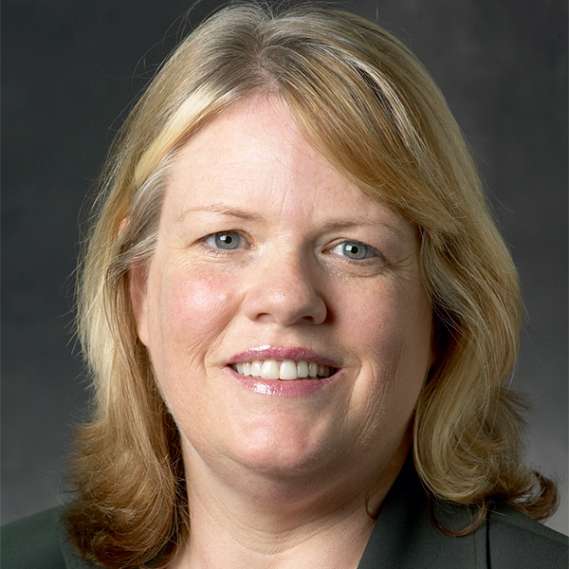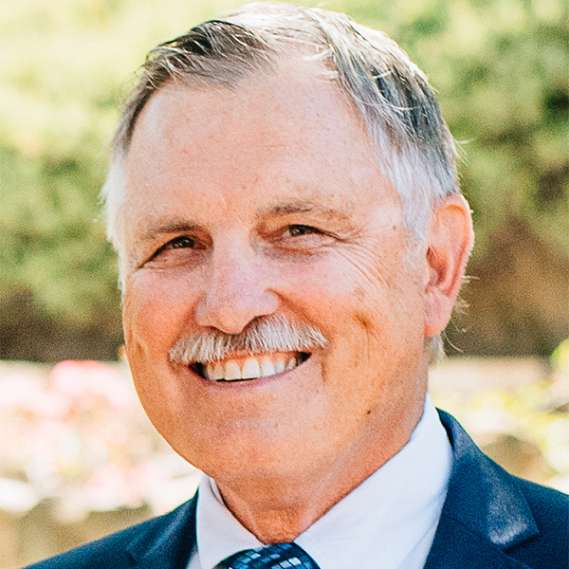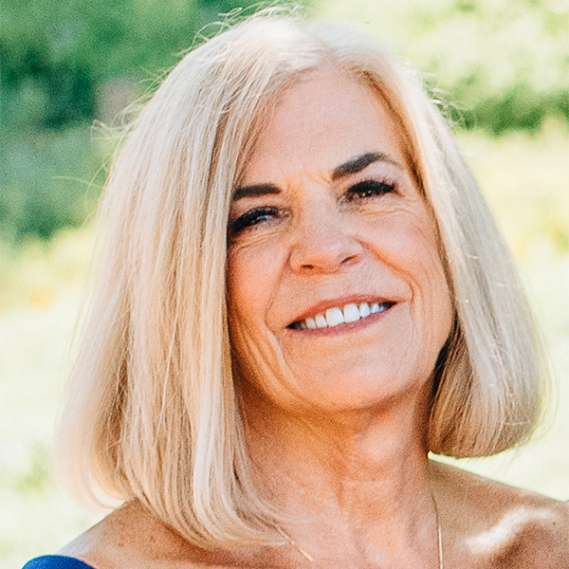By Susan O’Hara, Robert Pritchard, and Debi Pitta, authors, Literacy Classrooms that S.O.A.R.



Susan O’Hara is former director of the Center to Support Excellence in Teaching at Stanford University. Robert Pritchard is a professor emeritus of education at Sacramento State University. Debi Pitta is vice president of professional learning for EPF for Teaching. All three are former K–12 teachers with more than 40 years of classroom experience and extensive experience supporting districts to build instructional capacity.
This blog post is the first in a two-part series. For part two, please click here
School districts across the United States are struggling to close the equity gap that exists for English learners and children living in poverty. This challenge is particularly acute in California where English learners constitute 20% of the public-school population, and a documented achievement gap exists between English learners and native English speakers. Further exacerbating the situation is that teachers consistently report being underprepared to meet the academic needs of these students, which is not surprising given the limited number of professional learning opportunities that include a coherent focus on research-based instructional practices. Our professional learning experiences with California districts, as well as our research for Literacy Classrooms that S.O.A.R.: Strategic Observation and Reflection in the Elementary Grades, have taught us that re-envisioning professional learning support systems is a key strategy for building teachers’ capacity to provide effective instruction for these underserved children.
An essential first step in the re-envisioning process is ensuring that teachers have access to a set of tools and a common language for planning, reflecting upon, and elevating their instruction to meet their students’ needs. The Strategic Observation and Reflection (SOAR) Teaching Frames, which are anchored in the Common Core State Standards and state standards for the teaching profession, provide teachers with the resources they need to plan and implement equitable and rigorous learning experiences for every student. For instance, our book, Literacy Classrooms that S.O.A.R.: Strategic Observation and Reflection in the Elementary Grades, contains specific examples of what it looks like to offer, and differentiate, opportunities for all students to engage with complex informational texts, use evidence in research and writing, discuss sophisticated disciplinary content, and work collaboratively to present ideas and communicate multiple perspectives.
Another aspect of rebuilding and rebooting professional learning support systems is a sophisticated understanding of teacher professional growth. This involves a shared understanding of how teachers develop their professional practice over time together with the capacity for coaches and instructional leaders to use this understanding to facilitate dialogue about teaching and learning. Learning to enact a complex practice requires the ability to see and understand its underlying components. As such, professionals need opportunities to see vivid examples of the practice and develop ways to distinguish stronger and weaker versions of it. Research in the field has shown that using structured instructional protocols, like the SOAR Teaching Frames, can help to achieve this step.
A third aspect of rebuilding and rebooting professional learning support systems is creating an institutional culture and structure that supports the system. This often requires redefining the role of school and district leaders, so they are active participants in professional learning. This approach ensures there is a common vision and language for instructional growth and promotes collaboration where all teachers, instructional coaches, and principals engage in productive dialogue about teaching and learning. In our experience Professional Learning Communities (PLCs) can add another important dimension to the culture and structure of a school or district’s professional learning support system. In both large urban districts and small suburban ones, we have seen PLCs contribute significantly by being a forum for feedback and insights about the pacing of new learning for teachers and students as well as for identifying where more support is needed. These cultural and structural changes add new levels of effectiveness and buy-in from participants in the professional learning.
Our extensive work with schools and districts across California and the United States has demonstrated that instruction and student learning improve when an entire school or district is focused on a common set of high-impact instructional practices that have been shown to improve learning for all groups of students. This focus fosters a collaborative approach to professional learning and continuous improvement and helps ensure that the conditions to support and sustain the work are being put in place. When a professional learning support system consistent with this vision is adopted across a district, with instructional leaders, coaches, and teachers sharing and using instructional ideas, it becomes a powerful tool for elevating instruction that is differentiated to meet the needs of every student, including English learners.
Photo by Tima Miroshnichenko from Pexels
